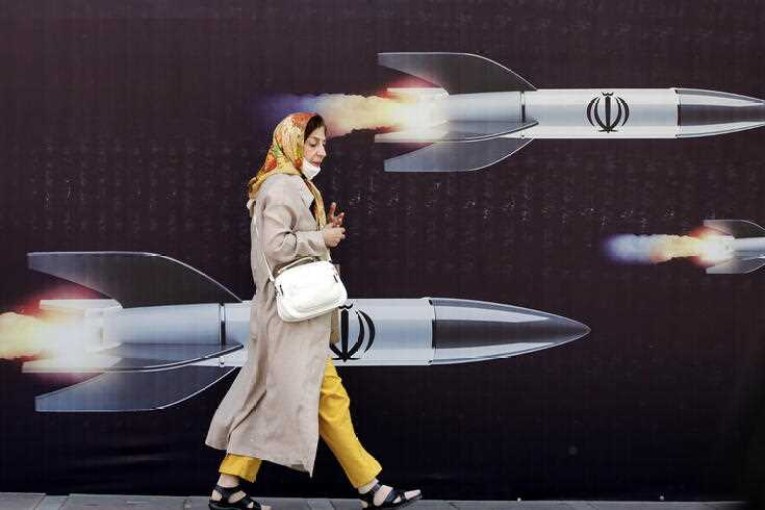WeChat accuses Scott Morrison of distorting historical events, blocks Australian PM’s post

More than half a million Australians who communicate via the Chinese-owned messaging app WeChat have been blocked from viewing Scott Morrison’s video message criticising the doctored tweeted image of an Australian soldier.
The WeChat video posted by the Prime Minister on Tuesday night was blocked on Wednesday for apparently violating the company’s regulations.
The video was targeted at Australia’s Chinese community, who Mr Morrison promised would not suffer because of the country’s strained relationship with China.
But Mr Morrison’s message had been read by only about 57,000 WeChat users before being censored.
A note appeared from the “Weixin Official Accounts Platform Operation Center” saying the content could not be viewed because it violated regulations, including distorting historical events and confusing the public.
The social media platform, which has 690,000 active daily users in Australia, said the video was “involving the use of words, pictures, videos” that would “incite, mislead, and violate objective facts, fabricating social hot topics, distorting historical events, and confusing the public”.
In his message, Mr Morrison criticised the “false image” of a grinning Australian soldier holding a bloodied knife to the throat of an Afghan child.
He defended Australia’s handling of a war crimes investigation into the actions of special forces in Afghanistan and said Australia would deal with “thorny issues” in a transparent manner.
It is unclear if WeChat’s parent company, Tencent, was ordered by the Chinese government to pull down the post.
On the same day Mr Morrsion’s video was censored, Chinese Foreign Ministry spokeswoman Hua Chunyin accused Australia of “trying to style themselves as defenders of freedom and democracy”.
Ms Hua took aim at the Australian government for demanding the tweet by her colleague, foreign ministry spokesman Zhao Lijian, be removed.
“It is a travesty of freedom and democracy,” she said. “It is all double standards and hypocrisy.”

First it was drought, then floods, then fires. Then winemakers faced COVID-19 and China. Photo: Getty
Meanwhile, US State Department deputy spokesman Cale Brown said the fabricated image of the soldier was “a new low, even for the Chinese Communist Party”.
“As the CCP spreads disinformation, it covers up its horrendous human rights abuses, including the detention of more than a million Muslims in Xinjiang,” Mr Brown wrote in a tweet.
“The CCP’s latest attack on Australia is another example of its unchecked use of disinformation and coercive diplomacy. Its hypocrisy is obvious to all,” the US State Department said on Wednesday.
Australian special forces allegedly killed 39 unarmed prisoners and civilians in Afghanistan, with senior commandos reportedly forcing junior soldiers to kill defenceless captives in order to “blood” them for combat, a four-year investigation concluded.
Australia said last week that 19 current and former soldiers would be referred for potential criminal prosecution.
China’s embassy has said the “rage and roar” from Australian politicians and media over the soldier image was an overreaction.
Australia was seeking to “deflect public attention from the horrible atrocities by certain Australian soldiers,” it said.
Other countries including the US, New Zealand and France – and the self-ruled island of Taiwan which China claims as its own – have expressed concern at the Chinese foreign ministry’s use of the manipulated image on an official Twitter account.
France’s foreign affairs spokesman said on Tuesday the tweeted image was “especially shocking” and the comments by Zhao “insulting for all countries whose armed forces are currently engaged in Afghanistan”.
China’s embassy in Paris hit back on Wednesday, saying the soldier image was a caricature by a painter, adding that France has previously loudly defended the right to caricature.
In September, WeChat told an Australian government inquiry it would prevent foreign interference in Australian public debate through its platform.
Mr Zhao’s tweet, pinned to the top of his Twitter account, had been “liked” by 60,000 followers after Twitter labelled it as sensitive content but declined an Australian government request to remove the image.
Twitter is blocked in China but has been used by Chinese diplomats.
-with AAP








